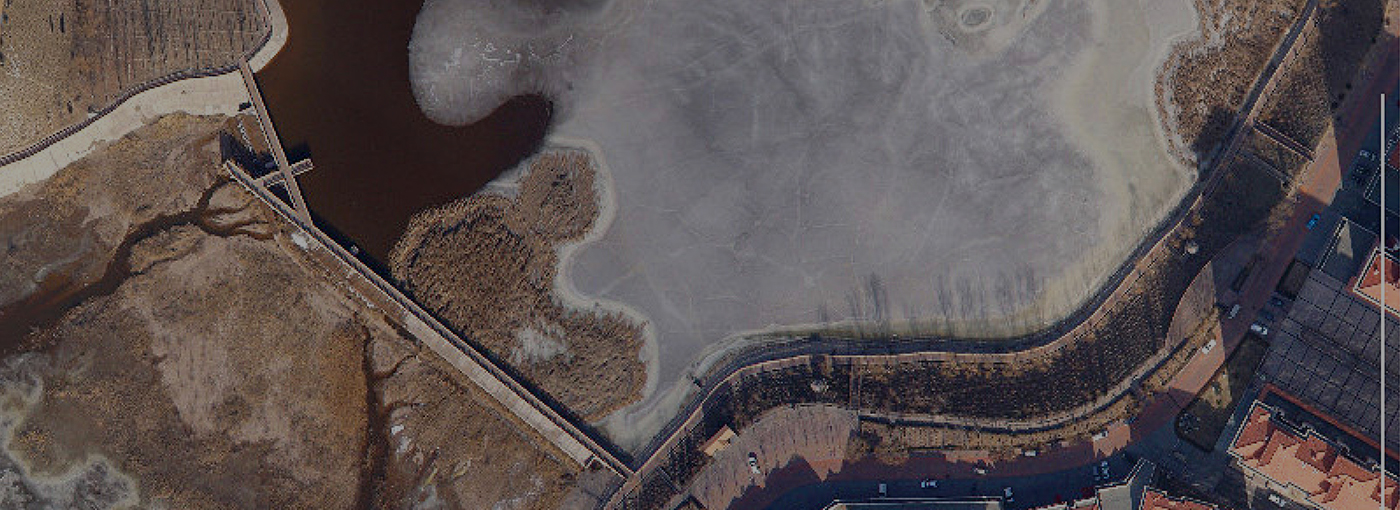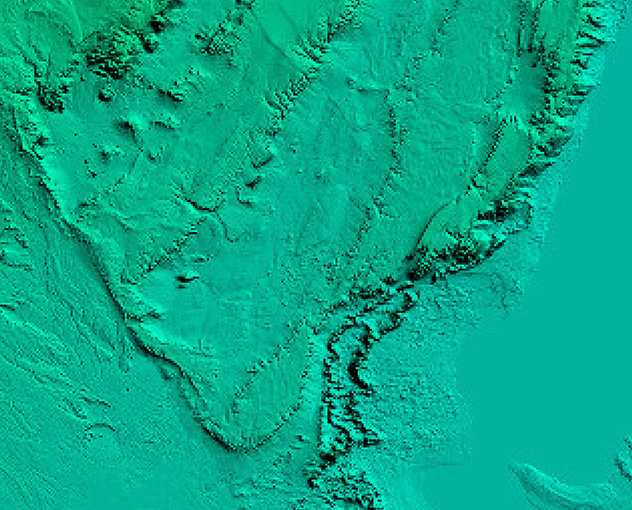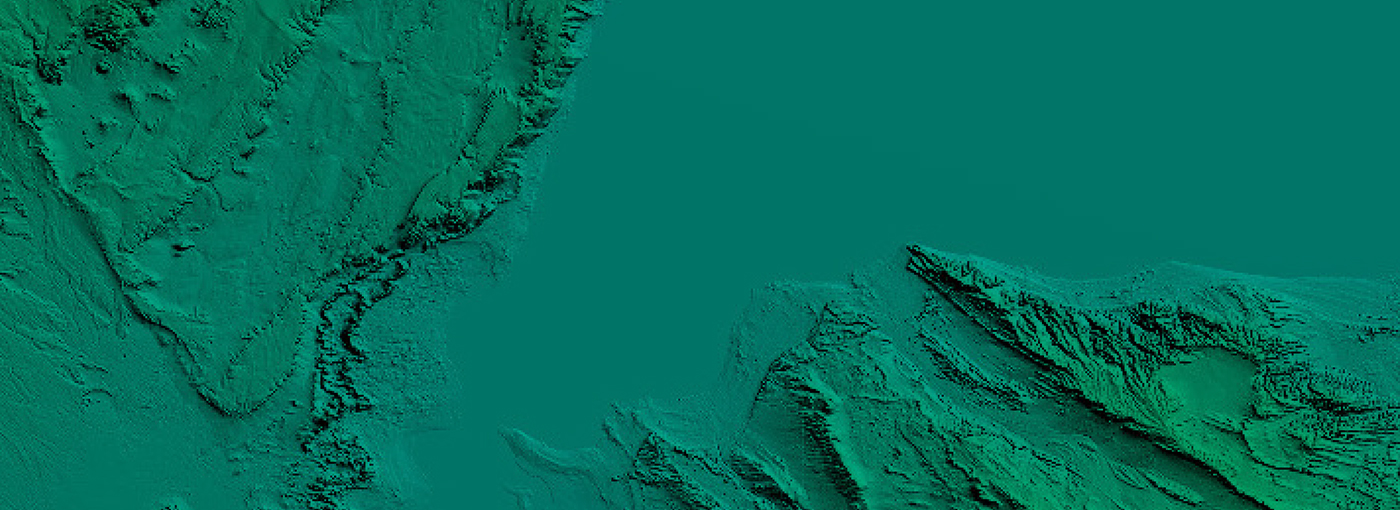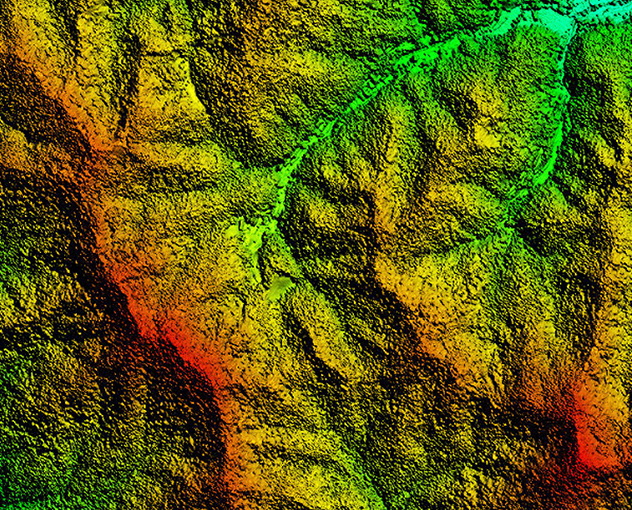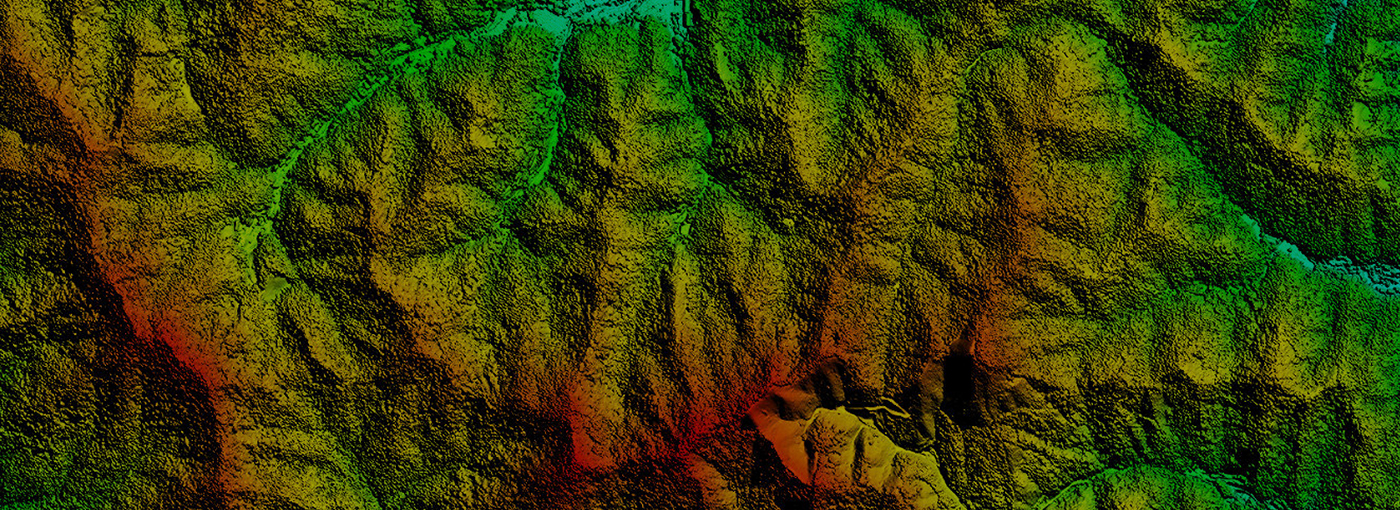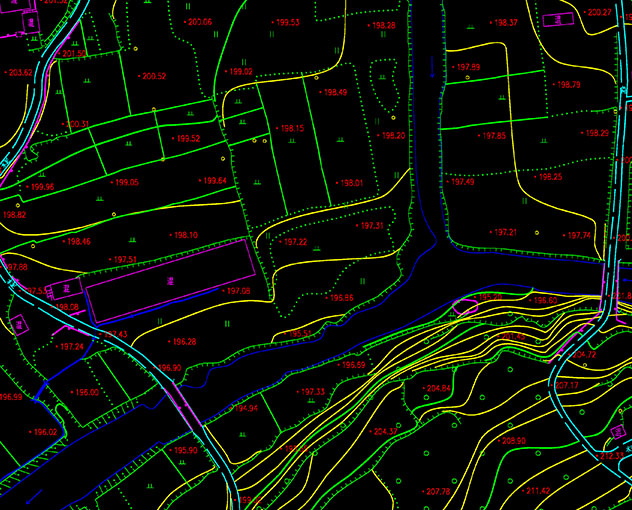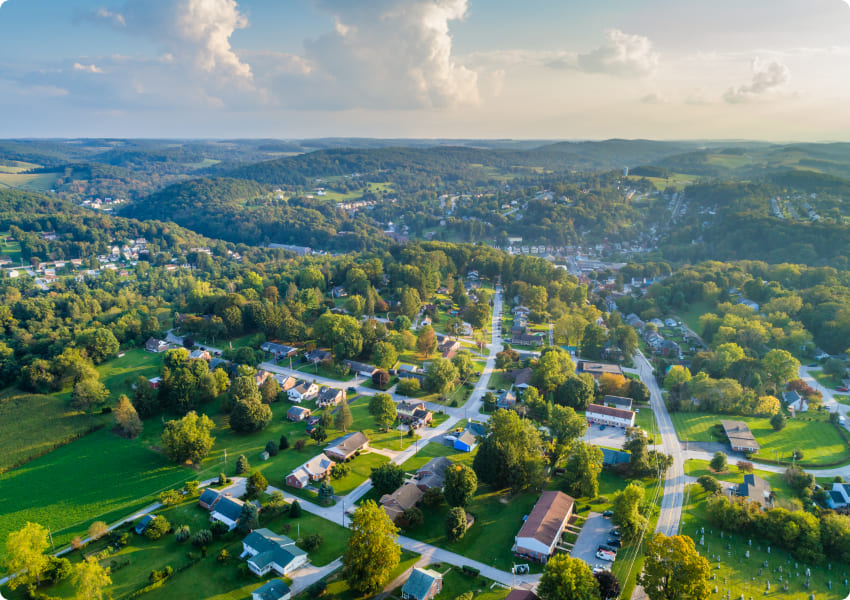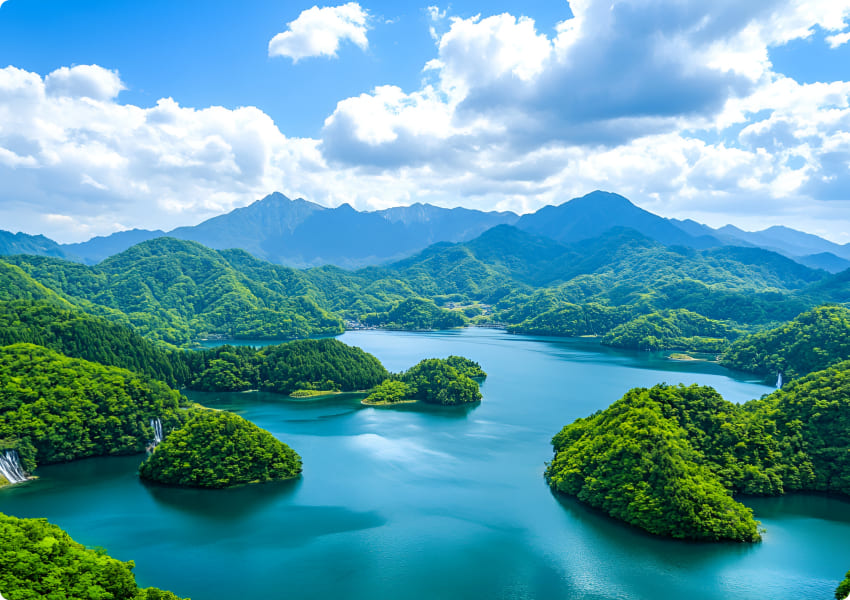DEM
A Digital Elevation Model (DEM) is a dataset containing the planar coordinates and elevations of regular grid points within a specific area. By acquiring terrain elevation data, it enables digital simulation of surface topography and includes essential information such as contour lines, slope gradients, orientation, and slope gradient rates. This model finds extensive applications in various terrain-related fields including surveying, hydrology, meteorology, geomorphology, geology, and military operations.



